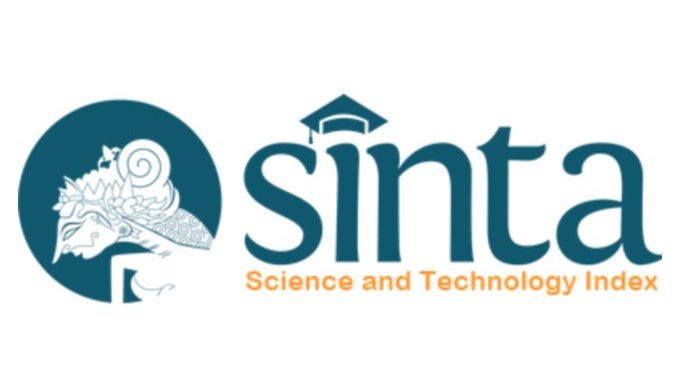Diagnosis dan Terapi Skabies
DOI:
https://doi.org/10.55175/cdk.v47i2.277Keywords:
Diagnosis, gatal, penyakit kulit, skabiesAbstract
Skabies merupakan penyakit kulit yang disebabkan parasit Sarcoptes scabiei varietas hominis. Penyakit ini sering diabaikan, sehingga menjadi salah satu masalah di dunia, termasuk Indonesia. Gejala klinisnya adalah rasa gatal akibat respons alergi tubuh terhadap tungau terutama di kulit dengan stratum korneum tipis. Diagnosis berdasarkan dua dari empat tanda kardinal skabies. Diagnosis banding skabies terdiri dari gigitan serangga, infeksi (bakteri, virus, atau jamur), dermatitis, dan reaksi imun. Kerusakan epidermis akibat infeksi skabies mempermudah komplikasi infeksi sekunder bakteri. Tatalaksana terapi simptomatik untuk rasa gatal, dapat berupa agen topikal atau oral, serta beberapa modalitas terapi terbaru yang masih dikembangkan seperti tea tree oil dan vaksinasi.
Scabies is a skin disease caused by a parasite Sarcoptes scabiei hominis. It is easily ignored and has become problem in the world, including in Indonesia. Clinical symptoms are itch due to the allergic response to mites especially on a thin stratum corneum. Diagnosis is made with presence of two out of four cardinal signs of scabies. Differential diagnosis of scabies includes insect bites, infection (bacteria, virus, or fungi), dermatitis, and immune reactions. Damage on epidermis could lead to complication such as bacterial secondary infection. Management consists of symptomatic treatment for itch, oral and topical medications. Latest treatment modalities such as tree oil and vaccination are still being developed.
Downloads
References
Sungkar S. Skabies: Etiologi, patogenesis, pengobatan, pemberantasan, dan pencegahan. Jakarta: Badan Penerbit FKUI; 2016.
Steer AC, Jenney AWJ, Kado J, Batzloff MR, Vincent SL, Waqatakirewa L, et al. High burden of impetigo and scabies in a tropical country. PLoS Negl Trop Dis. 2009;3:467.
Shelley FW, Currie BJ. Problems in diagnosing scabies, a global disease in human and animal populations. CMR. 2007;268-79.
Hengge UR, Currie BJ, Jäger G, Lupi O, Schwartz RA. Scabies: A ubiquitous neglected skin disease. Lancet Infect Dis. 2006;6:769-79.
Baker F. Scabies management. Paediatr Child Health. 2010;6:775-7.
Djuanda A. Ilmu penyakit kulit dan kelamin. 7th Ed. Jakarta: Fakultas Kedokteran Universitas Indonesia; 2015. p. 137-40.
Hardy M, Engelman D, Steer A. Scabies: A clinical update. Australian Family Physician; Melbourne 46, no. 5. 2017; 264–68.
Burkhart CN, Burkhart CG. Scabies. In: Goldsmith LA, Katz SI, Gilchrest BA, Paller AS, Leffell DJ, Wolff K, eds. Fitzpatrick’s dermatology in general medicine. 8th ed. New York: The McGraw-Hill Co; 2012. p. 2569–72.
Khalil S, Ossama A, Kibbi AG, Kurban M. Scabies in the age of increasing drug resistance. PLoS Negl Trop Dis. 2017;11(11):e0005920. https://doi.org/http://dx.doi.org/10.1371/journal.pntd.0005920.
Romani L, Whitfeld MJ, Koroivueta J, Kama M, Wand H, Tikoduadua L, et al. Mass drug administration for control in population with endemic disease. N Engl J Med 2015;373(24):2305-13
Mounsey KE, Bernigaud C, Chosidow O, McCarthy JS. Prospects for moxidectin as a new oral treatment for human scabies. PLoS Negl Trop Dis. 2016;10(3):e0004389.
Nengxing S, Zhang H, Ren Y, He Ran, Xu Jing, Li C, et al. A Chitinase-like protein from Sarcoptes scabiei as a candidate anti-mite vaccine that contributes to immune protection in rabbits. Parasites & Vectors 2018;11:599. https://doi.org/http://dx.doi.org/10.1186/s13071-018-3184-y.
Downloads
Published
How to Cite
Issue
Section
License
Copyright (c) 2020 Cermin Dunia Kedokteran

This work is licensed under a Creative Commons Attribution-NonCommercial 4.0 International License.





















